JackieMatra
A-List Customer
- Messages
- 413
- Location
- Maryland, U.S.A.
Our San Franciscan colleague's lid appears to me to be significantly taller.
Our San Franciscan colleague's lid appears to me to be significantly taller.
I had Art Fawcett make up the hat in my avatar from the late 1920s or early 1930s. It was popular among the literary bohemian crowd. You can see it in my avatar, but the photo its based on is here:
http://www.thefedoralounge.com/show...y-Fedora-from-the-1920s&highlight=kaosharper1
I wonder if that style isn't related to the one worn by Oscar Wilde in the early 1890's. James Joyce , around 1904, also mentioned his "Latin Quarter" hat in one of his writings.
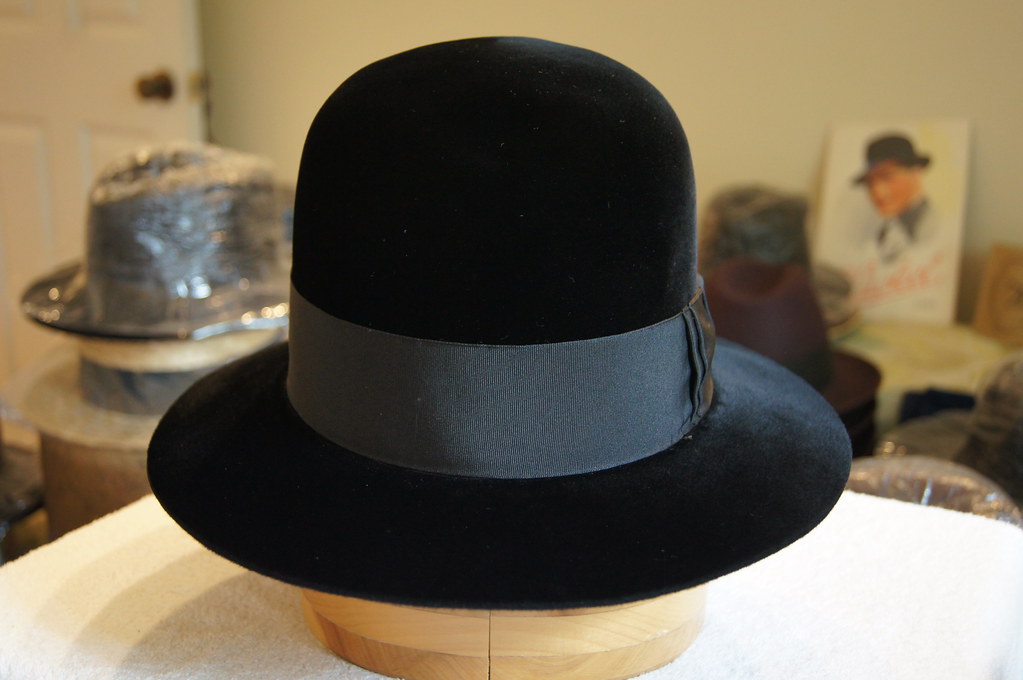
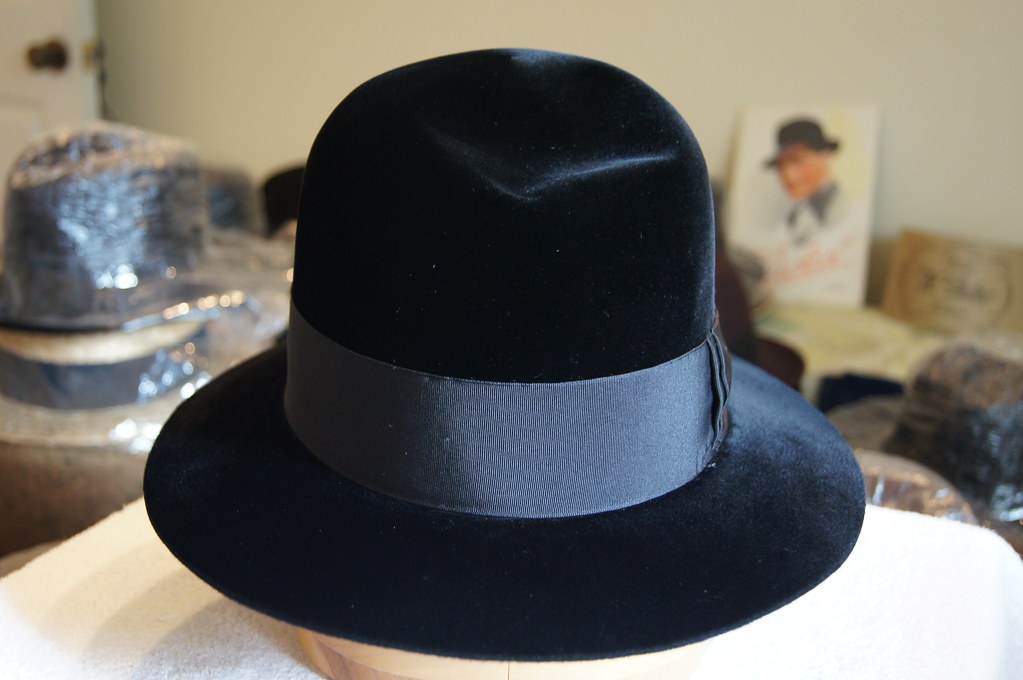
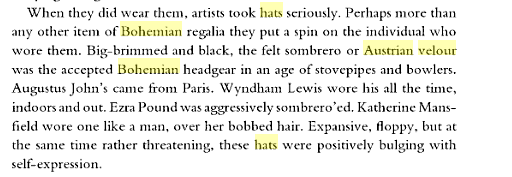

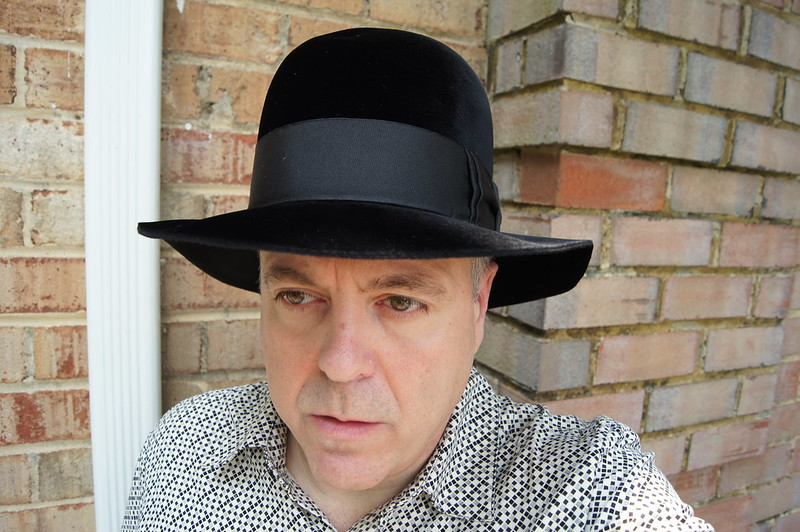

Wyndham Lewis wearing a black Austrian Velour in this manner.

I will talk a photo wearing my JHS Seal Velour setup this way.







Daniele, Great photos! The hat styles are very similar to what you see in Germany and Austria (also France, ect.) in the same time period. These are the hat styles that came over to America from Europe. Yes there were changes along the way but this is where they came from.
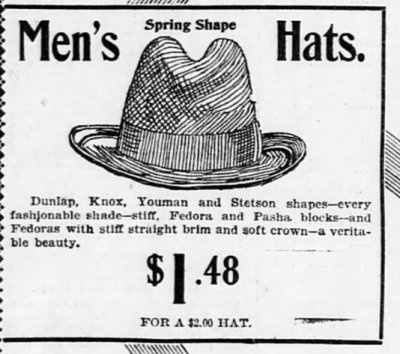

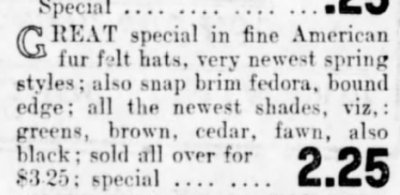

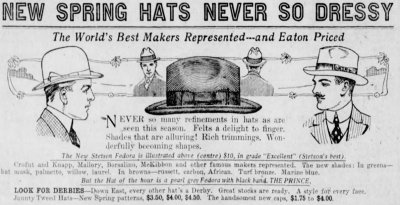
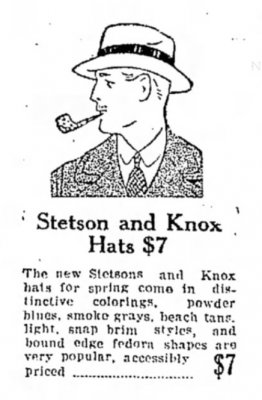
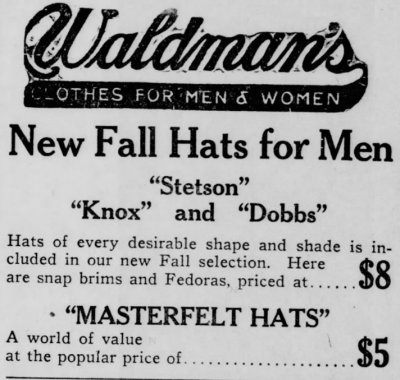
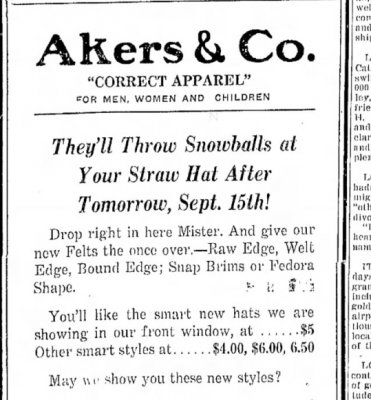
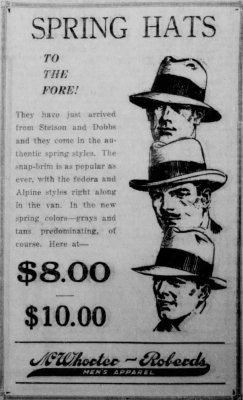
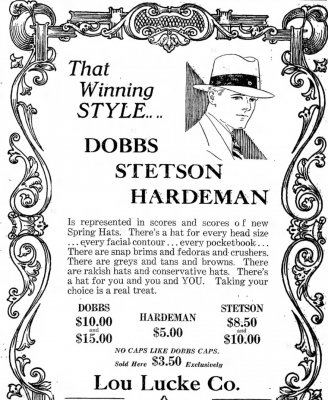
 John Lofgren Monkey Boots Shinki Horsebuttt - $1,136 The classic monkey boot silhouette in an incredibly rich Shinki russet horse leather.
John Lofgren Monkey Boots Shinki Horsebuttt - $1,136 The classic monkey boot silhouette in an incredibly rich Shinki russet horse leather.  Grant Stone Diesel Boot Dark Olive Chromexcel - $395 Goodyear welted, Horween Chromexcel, classic good looks.
Grant Stone Diesel Boot Dark Olive Chromexcel - $395 Goodyear welted, Horween Chromexcel, classic good looks.  Schott 568 Vandals Jacket - $1,250 The classic Perfecto motorcycle jacket, in a very special limited-edition Schott double rider style.
Schott 568 Vandals Jacket - $1,250 The classic Perfecto motorcycle jacket, in a very special limited-edition Schott double rider style.